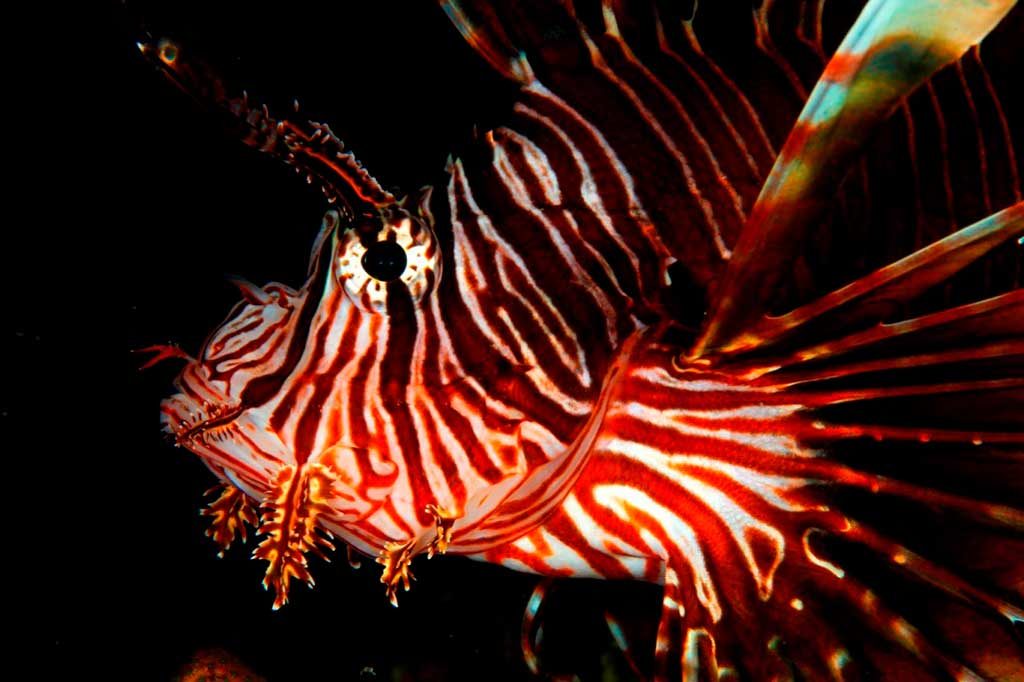Jardines de la Reina National Park (JRNP) was invaded by lion fish like most of the wider Caribbean places but its current abundance seems to be lower than abroad. The Center for Coastal Ecosystems Research (3 scientists), MV OFY (2 environmental advisors, 4 crew) and Avalon/Marlin (3 dive instructors, 2 skippers) joint efforts to assess lion fish status and the role of natural predators and of humans in the control of this exotic invasive species in JRNP between September 23 and November 30, 2017. There were surveyed 24 coral reef drop offs (8-13 m deep and 13-20 m deep) on 8 zones, 46 SCUBA diving sites (13-20 m deep) on 3 zones and 15 coral reef crests on 5 zones. More than 95 % of lion fish were sight on coral reef drop offs 13-20 m deep, more than 90 % were hidden in crevices and overhangs and almost 60 % were in groups of 2 to 4 specimens. These observations might be behavior responses to natural and human predation.
Conservation, protection and sustainable management to all corners of the Earth
– BLUE SANCTUARY
The sites hosting 70 % of the potential predators (50 % of all sites) host about 45 % of the lion fish sights, while the sites hosting 30 % of the potential predators (50 % of all sites) host about 55 % of the lion fish sights,
suggesting than natural predation alone is not enough to control lion fish and that the combination of natural predation and human control, like the one taking place in JRNP, is the key to keep this exotic invasive species in low numbers. Data processing and analysis are still going on.


